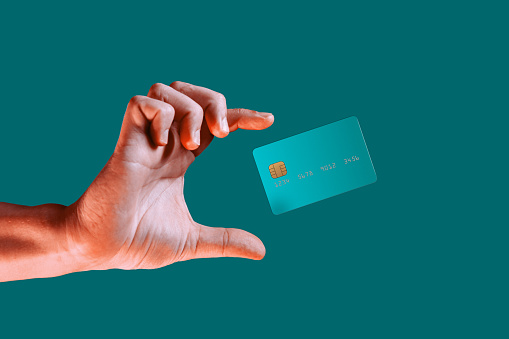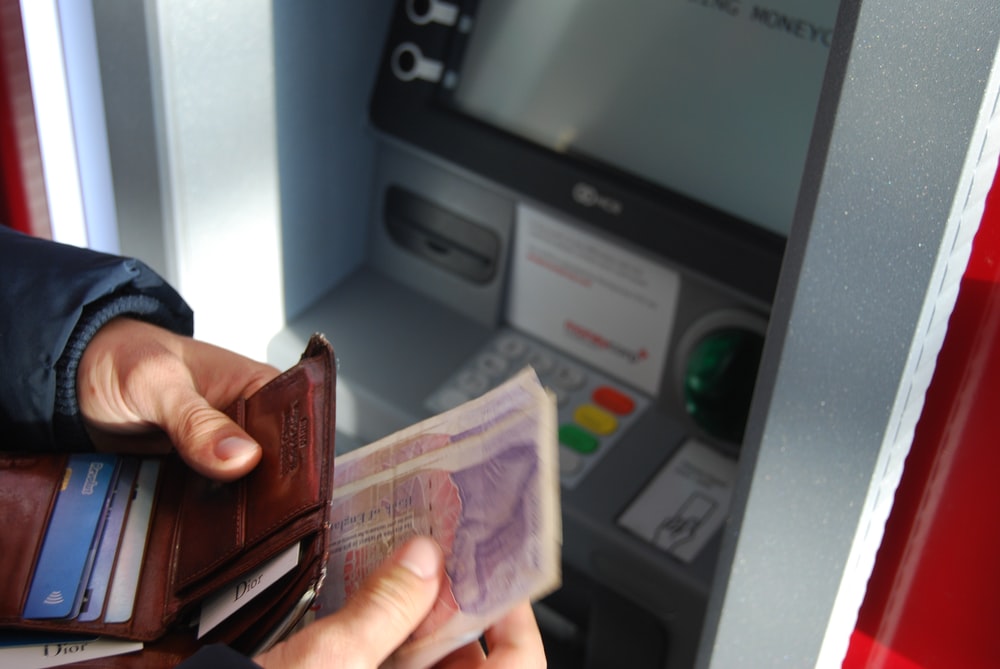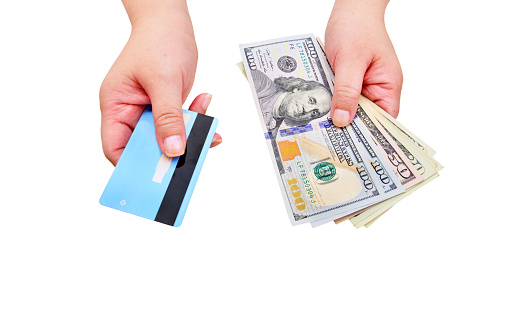Payroll Cards
Aug 17, 2022 By Triston Martin
A payroll card works just like a debit card, only that an employer loads it to their employee to cater for salaries and wages. Employees can access their money from anywhere electronic cards are accepted.
Generally, employers should not pay their employees via payroll cards only. They should offer at least one other mode of payment, such as a direct deposit. This is because payroll cards are not as mainstream as direct deposits and may thus inconvenience the employees.

Key Features of a Payroll Card
- It is prepaid; employees can only use it for withdrawal after the employer makes a deposit.
- It is reloadable; one does not need a new one after withdrawal.
How Payroll Cards Work
The employer purchases payroll cards from card companies such as Mastercard or Visa. These cards are then issued to the employees. Their wages and salaries will be loaded onto the cards on paydays. Some states require employers to offer payroll cards to employees if and only if:
- The money can be withdrawn on the same day, in full.
- Using the card a single time should not bear any costs for the employee.
Pros of a Payroll Card
Payroll cards eliminate the use of paper checks, thus saving costs spent on maintaining paperwork. Paper checks pose many challenges, such as being very easy to lose, time-consuming, and vulnerable to scams. Payroll cards are more secure than cash or paper checks.
Employees without bank accounts win big with payroll cards. Although this is a rarity for permanently employed individuals, for employees receiving daily wages, not having a bank account does not mean there is no payday. Payroll cards ensure such employees get their money, even without bank accounts.
Payroll cards can be used to make online payments. One can access their money via ATMs. Payroll cards can also be used to get cashback. The resounding theme is convenience. One can use them on the go, and without the worry of carrying cash, just like debit cards. Making purchases at checkout could save cardholders ATM charges by offering cash back on certain spending limits.

Credit score checks are not necessary because payroll cards are not credit cards. An employee’s credit history, credit utilization and creditworthiness are not essential factors to consider when paid via payroll cards. The reason for this is that there is no chance of default since one cannot make overdrafts; they cannot borrow money from payroll cards.
Payroll cards can be replaced, just as other payment cards. If they get lost, the solution is as simple as applying for another and receiving it as soon as it is ready.
Further, employees can deposit money into their payroll cards themselves and convert it into a savings account. It doesn’t have to be loaded by the employer at all times. Payroll cards offer holders the benefits of having a bank account without the inconveniences of having a bank account.
Cons of a Payroll Card
The most significant con of payroll cards is the costs for employees. Of course, card companies have to charge a fee for providing these services and for maintenance. This may be expensive, especially for daily wage employees. Some of the charges include monthly maintenance, replacement of lost cards, balance inquiry fees, and other expenses. Ultimately, these charges may be more than traditional or alternative payment methods.
Some jurisdictions restrict the use of payroll cards. These laws inhibit paying employees less than the agreed-upon amount, which is usually deducted as compulsory fees by the card companies. Employees are free to select their payment method of choice, and this freedom may be strictly protected by local law.
Recovering lost funds may be a difficult, draining and drawn process. In case an individual’s money is stolen through fraud, recovering it may be impossible in some cases. If a report is not made within a specific timeframe, such as 48 hours, the card company may be unable to recover these funds. The best way to deal with this hurdle is to preempt it; know the recovery process beforehand.
Payroll cards cannot be used to pay all bills and may not be accepted at all locations or by all vendors. In this case, the individual may be forced to look for an ATM, withdraw the money, and then use it to make payments. The costs, time wasted, and back-and-forths may be inconvenient.
Some payroll cards are limited to the amount that can be withdrawn. For instance, one may not withdraw more than $300 per transaction for some cards. It does not make sense to have restrictions on your own money.
Most cards have a minimum balance limit. This limits the employees from exhausting the money in their accounts. Assuming the money was in cash form, there would be no limit on how much one could spend.
Who the payroll card is best for
While payroll cards may not be in mainstream use, like debit and credit cards, they still present potent benefits to those who opt to use them. Some of those who may find payroll cards more beneficial than other modes of payment include:
- Individuals working on a Pay-As-You-Go basis. These are individuals working on a daily wage basis.
- Individuals who are averse to opening bank accounts.
- Individuals who are averse to having their creditworthiness constantly monitored.
- Those who don’t require to use their cards often.
Payroll cards offer numerous benefits that conventional means of payment may not. Before deciding whether to use them or not, consider your financial requirements and preferences. This card is for you if you prefer a specifically-tuned card for your payroll needs. You should look elsewhere if you require a single, multi-purpose card that can be used daily.


Jan 22, 2024 Triston Martin

Jan 14, 2024 Triston Martin

Apr 28, 2023 Susan Kelly

Sep 15, 2022 Susan Kelly

Jan 26, 2024 Susan Kelly

Jan 08, 2023 Susan Kelly